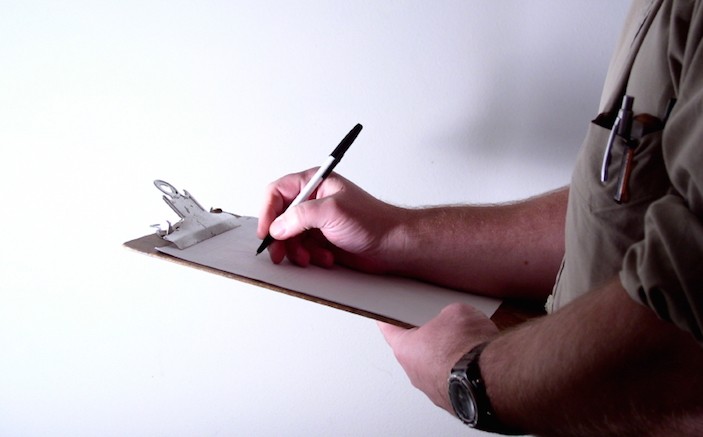Knowing where you stand financially is the first step in making sure you achieve your financial resolutions. Here’s your fail-proof guide.
So you made your New Year’s resolutions last month. If I were a betting man (actually I am – I live in Vegas, after all), I’ll wager you probably won’t follow through on many of them, especially the ones dealing with money. One reason for that may be that you just don’t know where to begin. The first step I recommend is to create your personal balance sheet, which is an inventory of everything you own and everything you owe. Let’s see how this works:
Assets (Everything You Own)
I usually like to break this down into three categories:
- Cash assets – this includes everything from checking accounts, savings accounts, money market accounts, emergency fund and equivalents such as bank CDs for short-term goals.
- Investment and retirement assets – includes all of your investment accounts for you and your spouse such as: 401k, profit sharing, 403b, 457, traditional IRAs, Roth IRAs, defined benefit plans, pension plans, taxable brokerage accounts, partnership interests and illiquid investments.
- Business interests – includes ownership interests in medical practices and other ventures.
- Tangible assets – home (primary residence), cars, rental homes, land and any other major assets.
You’ll have to list the market value of all those assets and also notate other important items such as percent ownership and interest rates.
Debt (Everything You Owe)
Separate this into two categories:
- Short-Term Debt – this includes credit card balances and any loans you will pay off within one year. (Though you can exclude the former if you pay your cards off every month. If you don’t, shame on you!)
- Long-Term Debt – this includes student loans, mortgages, business loans and any other debt you think you’ll pay off more than one year from now.
Just like you did with the list of assets, document the balances and other important items such as interest rates, terms of the debt, original loan balances.
Net Worth (Stock In Yourself)
Add up the value of all your assets and subtract the value of all of your debt and you’ve got the bottom line – equity in yourself, or net worth. In my opinion this is a better measure of wealth than your investment portfolio. It can also be a big wake-up call. While you might be “worthless” in the first few years after graduating from residency, my very nonscientific rule is that your net worth should be at least $1 million a decade after passing your board exam. If it’s not, you’ve made some serious mistakes and need a kick in the pants to get you moving in the right direction.
Finally, note that you need to update all of the above periodically, and if you’ve hired a financial advisor, they should be doing this for you rather than just looking at your investment portfolio.
That simple list should be a great start to organizing your finances. One more piece of advice: Don’t do this exercise during a shift because a patient might think you’re a “rich” doctor, though you can easily remedy that by only showing the debt column.









1 Comment
There was a bubble comment in the print article which indicated a downloadable worksheet could be found on the website. Where might I find it? I can’t seem to locate it. Thanks